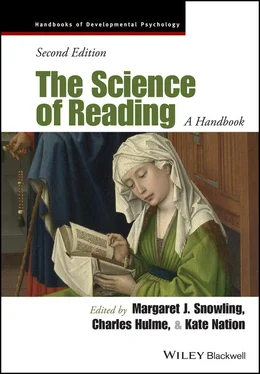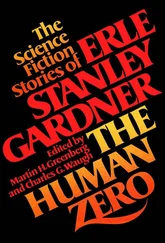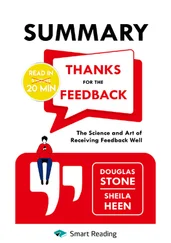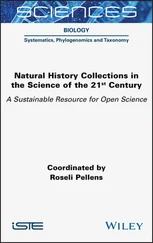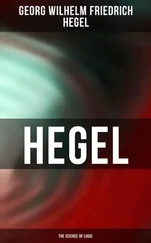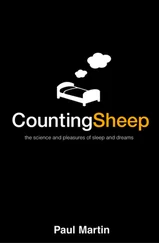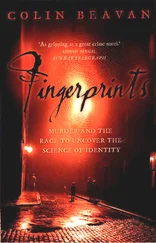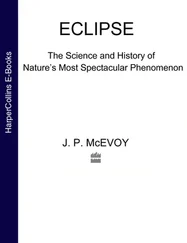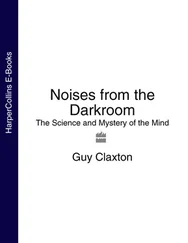The Science of Reading
Здесь есть возможность читать онлайн «The Science of Reading» — ознакомительный отрывок электронной книги совершенно бесплатно, а после прочтения отрывка купить полную версию. В некоторых случаях можно слушать аудио, скачать через торрент в формате fb2 и присутствует краткое содержание. Жанр: unrecognised, на английском языке. Описание произведения, (предисловие) а так же отзывы посетителей доступны на портале библиотеки ЛибКат.
- Название:The Science of Reading
- Автор:
- Жанр:
- Год:неизвестен
- ISBN:нет данных
- Рейтинг книги:5 / 5. Голосов: 1
-
Избранное:Добавить в избранное
- Отзывы:
-
Ваша оценка:
- 100
- 1
- 2
- 3
- 4
- 5
The Science of Reading: краткое содержание, описание и аннотация
Предлагаем к чтению аннотацию, описание, краткое содержание или предисловие (зависит от того, что написал сам автор книги «The Science of Reading»). Если вы не нашли необходимую информацию о книге — напишите в комментариях, мы постараемся отыскать её.
The Science of Reading
The Science of Reading
Wiley
Blackwell Handbooks of Developmental Psychology
The Science of Reading: A Handbook
The Science of Reading — читать онлайн ознакомительный отрывок
Ниже представлен текст книги, разбитый по страницам. Система сохранения места последней прочитанной страницы, позволяет с удобством читать онлайн бесплатно книгу «The Science of Reading», без необходимости каждый раз заново искать на чём Вы остановились. Поставьте закладку, и сможете в любой момент перейти на страницу, на которой закончили чтение.
Интервал:
Закладка:
5 Van Orden, G. C., & Kloos, H. (2005). The question of phonology and reading. In M.J. Snowling & C. Hulme (Eds.), The science of reading: A handbook (pp. 61–78). Blackwell Publishing. https://doi.org/10.1002/9780470757642.ch3.
CHAPTER ONE Progress in Reading Science : Word Identification, Comprehension, and Universal Perspectives
Charles Perfetti and Anne Helder
Like the flow of a stream, skilled reading is a mix of fast and slow currents. The rapid identification of words and their meanings co‐occur with almost‐as‐rapid meaning integration processes. Moving along simultaneously is a current of deeper, more contextualized comprehension and interpretation. Understanding how these overlapping currents work to produce skilled reading is one goal of a systems approach to reading.
In 1972, Philip Gough published a paper titled “One Second of Reading” (Gough, 1972). During this second, Gough’s estimations of various visual and coding processes implied that 9 words were read. This is the rapid current of ‘online’ reading observable by the tools of reading science, which have supported much of its progress. In what follows, we highlight advances in the study of skilled reading, from word identification to comprehension, emphasizing language and writing system influences, the convergence of brain and behavior data, with brief links to reading difficulties and learning to read.
We begin by replacing our metaphor of stream currents with a static representation of what reading science seeks to explain, drawing on the Reading Systems Framework (RSF) (Perfetti & Stafura, 2014). Although a dynamic model may capture the reality of reading as it happens, a component systems model allows us to describe this reality more clearly. The RSF, illustrated in Figure 1.1, organizes the knowledge sources (collectively, the knowledge systems) that drive both word identification and comprehension. The lexicon – knowledge about word forms and their meanings – is central in connecting these two systems. We apply the framework to examine research progress, describing three significant advances.
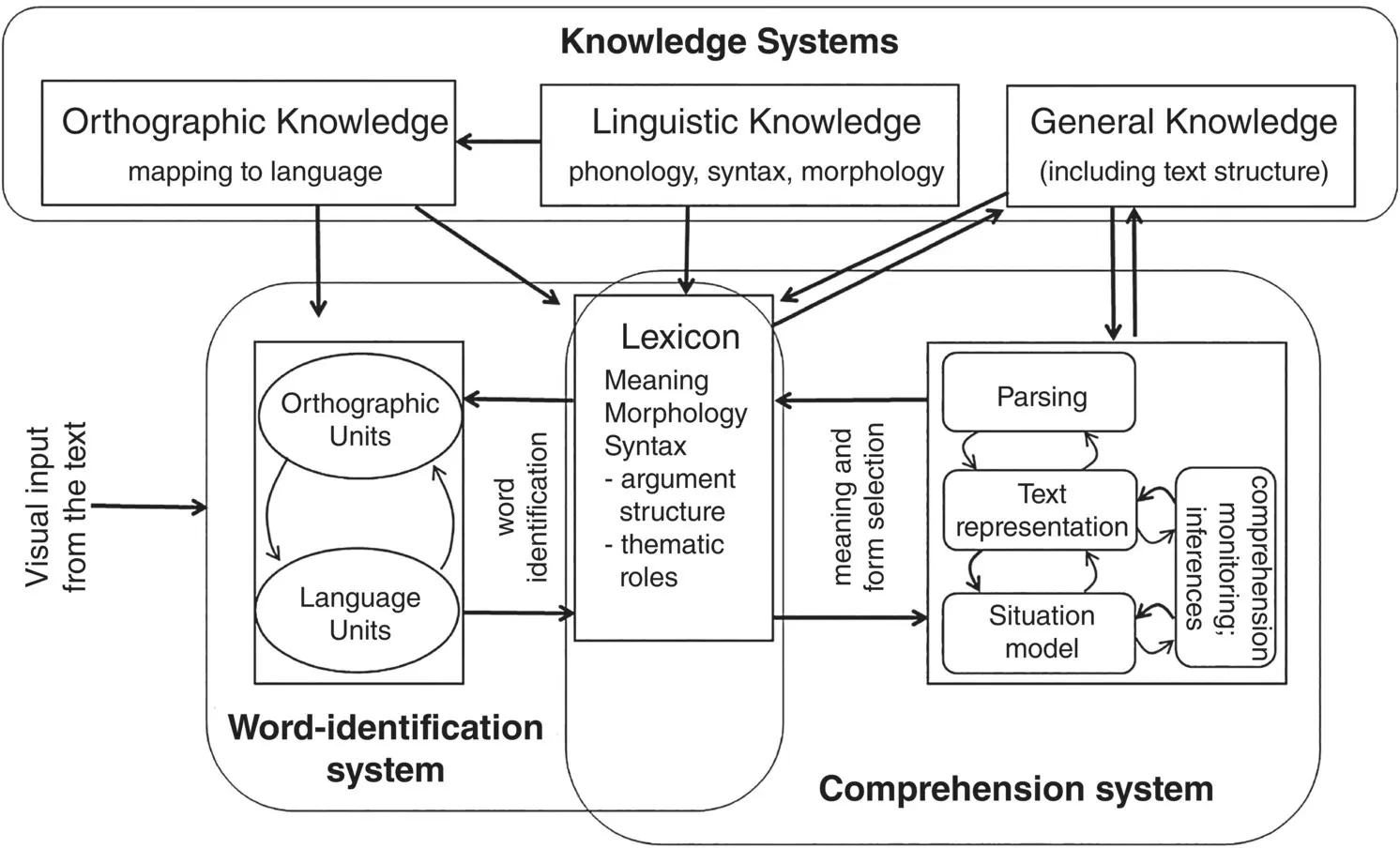
Figure 1.1 The Reading Systems Framework
(modified from Perfetti & Stafura, 2014)
consisting of word‐identification, comprehension, and knowledge systems, with a central role for the lexicon.
Reading and Reading Science in Historical Context
Humans have been reading for around 3,500 years. Or at least writing has been around for about that long, which is all we have to go on. Reading science is much younger. Although reports of patients with acquired reading disorders appeared earlier (Berlin, 1887; Kussmaul, 1878), Cattell’s (1886) experiments on the time it takes to read words and letter strings mark the beginning of experimental reading research. The broader research findings published by E. B. Huey (1908), who acknowledged contemporary research by Erdmann and Dodge, are the most substantial landmark for a beginning of reading science. Indeed, most of Huey’s observations in the Psychology and Pedagogy of Reading remain foundational for reading science: word perception, the “inner voice” in silent reading, meaning, and “interpretation,” the evolution of writing and the alphabetic principle. Notably omitted was dyslexia, a slight that was repaid by Orton (1925) when he ignored Huey’s book and its research in his classic work “Word Blindness.”
Much of the progress since has been enabled by tools that reveal the intricate and interleaved processes and knowledge interactions that occur rapidly in reading: Eye tracking, Event Related Potentials (ERPs) and chronometric behavioral measures can detect the processes that constitute the rapid stream of reading. The products of these processes – the slower stream of reading – are exposed by behavioral output measures, and by imaging tools that identify brain areas associated with these processes. Beyond laboratory tools, the development of computational modeling has added precision to theoretical accounts and large language corpora provide statistical tools for the modeling of reading processes.
Advance 1: The Word‐identification System in Skilled Alphabetic Reading
Visual processing and models of eye movements
We begin with the lower left portion of the Reading Systems Framework, the visual input that initiates the identification of a printed word. Pre‐dating modern‐day observations that the brain was not designed for reading (e.g., Dehaene, 2009), Huey (1908) pointed out that reading is “intensely artificial.” “The human eye and the human mind, the most delicate products of evolution, were evolved in adaptation to conditions quite other than those of reading” (p. 8).
The core visual constraint is that the acuity needed to identify a specific letter within a word is limited to one to two degrees of visual angle at normal viewing distance. Within this narrow window, only a single word or two (with the help of parafoveal viewing) can be identified during an eye fixation, although less precise visual information is available peripherally.
As detailed by Liversedge et al. (this volume), readers adapt to this limitation by making frequent eye‐fixations, directly fixating on between 60% and 80% of content words (Rayner et al., 2005). They also adjust their fixation rates (and the number of regressions) in response to text difficulty and reading goals, one of the key regulatory strategies in reading. Word fixations vary in duration, generally allowing three to five words to be fixated within a second of reading (Rayner et al., 2004, 2005). With assistance from word properties, context, and parafoveal viewing, a reader may approximate the reading rate implied by Gough’s (1972) one second of reading. The familiarity of a word, its predictability from context (Rayner et al., 2004), and the structure of the sentence (Clifton & Staub, 2011) all exert an effect on eye movement measures. Some measures reflect the more passive, automatized aspects of word identification (e.g., fixation durations), whereas others also reflect regulatory processes that help the reader make sense of the text (e.g., regressions). Together, eye‐tracking measures reflect how context and the linguistic properties of words affect how easily they are read and understood.
Skilled readers control their eye movements to accommodate the perceptual constraints on word identification while maintaining reading efficiency. How this is accomplished is the target of eye‐movement control models. Serial processing models assume that only a single word is in visual attention, for example, the EZ Reader model (Reichle et al., 1998, 2003). To accomplish rapid reading rates with serial processing, the brain must signal an eye movement before the word has been identified completely because the movement lags behind the brain’s launch signal. Thus, EZ Reader assumes a signal that word identification is imminent (not complete) is what prompts an eye movement. This signal comes earlier for a familiar word or one predictable from context. An alternative solution to perceptual constraints is to allow parallel processing on adjacent words (SWIFT model, Engbert et al., 2005). A more recent model allows for parallel processing of words and provides specific word identification mechanisms (Snell et al., 2018). The question of parallel versus serial processing of words remains a point of contention (see Grainger, and Liversedge et al., this volume).
Orthographic processing and models of word identification
Интервал:
Закладка:
Похожие книги на «The Science of Reading»
Представляем Вашему вниманию похожие книги на «The Science of Reading» списком для выбора. Мы отобрали схожую по названию и смыслу литературу в надежде предоставить читателям больше вариантов отыскать новые, интересные, ещё непрочитанные произведения.
Обсуждение, отзывы о книге «The Science of Reading» и просто собственные мнения читателей. Оставьте ваши комментарии, напишите, что Вы думаете о произведении, его смысле или главных героях. Укажите что конкретно понравилось, а что нет, и почему Вы так считаете.
